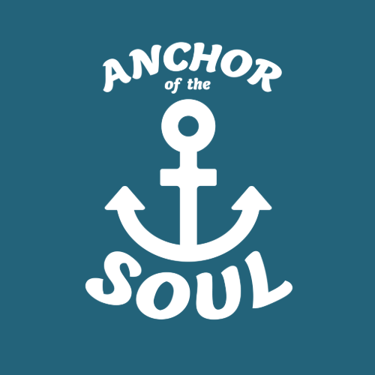Jesus is pictured in the New Testament as “the Lambslain from the foundation of the world” (Rev. 13:8). God’s eternal plan to redeem the human family involved the sacrificial death of Jesus and the shedding of His divine blood (cf. Rom. 3:23-26). The Old Testament sacrifices were a type of the ultimate sacrifice offered on Calvary. As a matter of record,the blood sacrifices offered under the Mosaic dispen-sation were unable to “take away sins” (Heb. 10:4).
Regarding the sacrificial offering of Jesus, the late RexTurner, Sr. has written, “the Son of God interposed his blood in behalf of man. He literally gave his lifefor the life of man. When man (all men, as a matterof fact) was under the sentence of death, Christ pro-vided a means of escape from that sentence of death.He satisfied the demands of violated justice. He sopropitiated the majesty of heaven and secured forman the divine favor of the high and exaltedGodhead so that man could return to God throughthe blood of Christ” (Systematic Theology, p. 204).
In order for us to enjoy the benefits of the blood of Christ, we must go where it was shed. The Bible indicates Christ shed His blood in death (cf. Jo.19:34). Thus, we come in contact with the blood ofChrist in baptism. Paul wrote, “Or do you not knowthat as many of us as were baptized into Christ Jesuswere baptized into His death? Therefore we wereburied with Him through baptism into death, that justas Christ was raised from the dead by the glory of theFather, even so we also should walk in newness oflife” (Rom. 6:3-4).
All who want to receive pardon from sin must believein Jesus as the Son of God (cf. Jo. 8:24), repent of sin (Lu. 13:3), confess the name of Christ (cf. Acts 8:37), and be immersed in the watery grave of baptism(Acts 2:38). In so doing, every sin is washed away bythe blood of Christ (cf. Acts 22:16).
